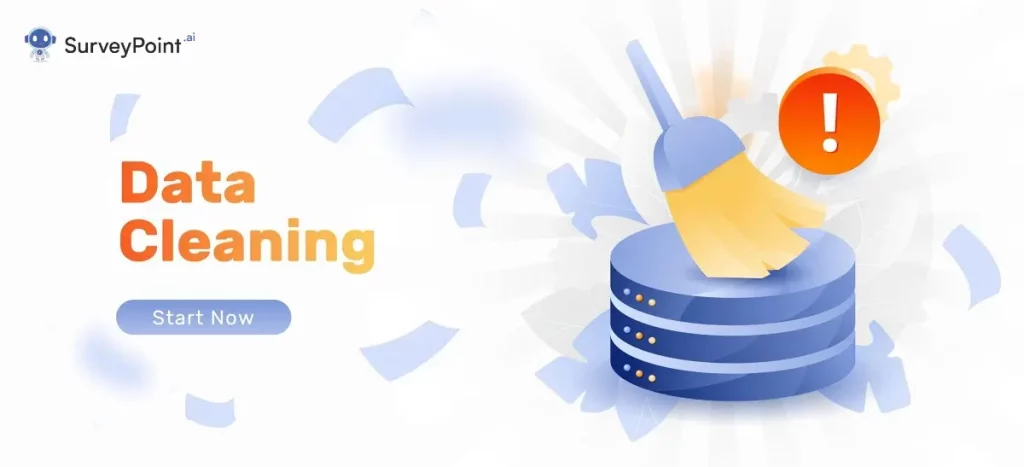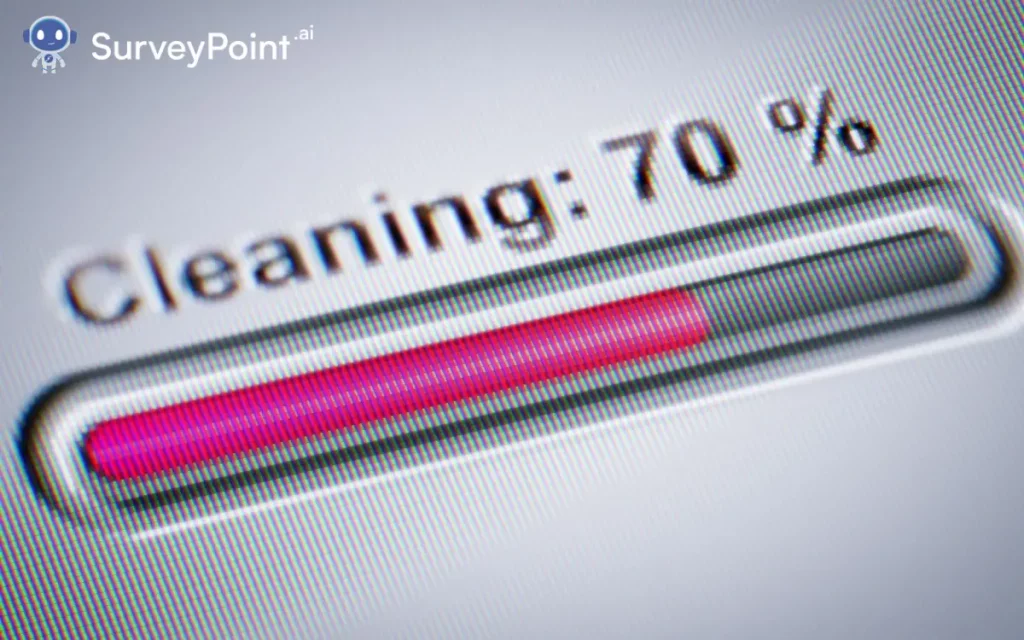
Learn the 7 essential data cleaning strategies for unparalleled accuracy in your data-driven decisions. Enhance your data quality and reliability now.
Data is what companies and organizations need to make strategic decisions, connect with customers, and come up with new ideas in this digital age. But not every piece of info is the same. When you want to get the most out of your data, you need to clean it, make sure it’s correct, optimize it, and clean it again. This blog tells you everything you need to know to understand and use these important data management concepts.
Figuring Out How to Clean Data
The first step in data management is cleaning the data, which is also sometimes called “scrubbing” the data. It includes finding mistakes, inconsistencies, and wrong information in datasets and fixing them. Cleaning the data makes sure that it doesn’t have any errors that could throw off the research or make it harder to make decisions.
The Importance of Cleaning Up Data Clean up your data well:
Improves Data Quality: Getting rid of mistakes and wrong information makes the data quality better generally.
Helps You Make Choices: Trustworthy data helps you make smarter choices.
Saves Time and Money: It stops mistakes and extra work that cost a lot when analyzing data.
Problems with Cleaning Up Data
It’s not always easy to clean up data
Size and Type of Data: The process is harder when there are a lot of different types of data in a big dataset.
Data Integration: Putting together data from different sources can lead to errors.
Automated tools: There are tools, but sometimes you need to use your own judgment to make important choices.
How to Find Accurate Data

Data accuracy makes sure that the data in your datasets is right and up to date. It includes steps to stop and fix mistakes in the data so that it accurately represents things in the real world.
How Important Is Correct Data?
Why is it important that info is correct?
Builds Trust: Having correct info makes people more likely to trust your business and its decisions.
Supports Compliance: For legal compliance, accurate data is a must.
Better Experience for Customers: Accurate customer info makes interactions more personal.
Ways to Make Sure Data Is Correct
Rules for Validating Data: Set rules to make sure data is correct when it is entered or imported.
Audits on a regular basis: Check the data often for mistakes and problems.
Training and Awareness: Make sure that everyone knows how important it is to have accurate info.
Making the Most of Data Optimization
Data optimization is the process of making data storage, retrieval, and handling faster and more efficient. When data systems are optimized, they are flexible, quick to respond, and low-cost.
What’s good about optimizing data

Why should you spend money on optimizing your data?
Faster Query Performance: When data systems are optimized, they give faster results.
Savings on costs: storage and processing that work well lower the costs of doing business.
Scalability: Systems that have been optimized are ready to grow in the future.
Techniques for Data Optimization Indexing: Make lists to get to data faster.
Data compression lets you save room on your hard drive while keeping the integrity of your data.
Normalization: Sort data so that there is less duplication and more speed.
You Must Read 10 Effective Ways to Clean Your Data for Unbeatable Accuracy Strategies for Collecting Data for Good Research Design 2023 Data Analysis Techniques: Knowing the different ways to properly analyze data 2023
Getting behind data cleaning
Data cleaning, which is also sometimes called “data scrubbing,” is the process of finding wrong records in a database and either fixing them or getting rid of them. It makes sure that your info is still useful and reliable.
Why data cleaning is important
What are the pros of data cleaning?
Better Targeting: Marketing campaigns that are accurate and successful can be made with clean data.
More work gets done because employees don’t have to deal with wrong records as much.
Customer Satisfaction: Correct info makes interactions with customers better.
Best Practices for Cleaning Up Data
Automated Tools: To find and get rid of similar records, use software.
Regular Maintenance: Plan to clean up your files on a regular basis.
Data Enrichment: Add to your data with information from outside sources to fill in the blanks.
FAQs for Data Cleaning
What are some popular ways to Data Cleaning
A: Some common ways to clean data are to deal with missing numbers, fix mistakes, and get rid of duplicate records.
How often should checks of the accuracy of data be done?
A: Regular data accuracy audits should be done, with the number of audits based on how important the data is and how often it is updated.
Do only big businesses need to optimize their data?
A: No, data optimization is good for businesses of all kinds because it makes processing data faster and cheaper.
What are the effects of not cleaning up your data?
A: Not cleaning up your data can cause you to make bad decisions, make your customers less happy, and waste time and money on marketing.
Q: Are there tools that can clean up data?
A: Yes, there are many software programs that can be used to clean up data and make the process easier and more automated.
What are some ways to tell if my attempts to optimize my data are working?
A: Query speed, cost reduction, and system scalability are some of the things that can be used to measure how well data optimization is working.
Conclusion
The most important parts of good data management are cleaning, correcting, optimizing, and clearing data. By using these tips, you can make sure that your data is more than just a bunch of bits and bytes; it’s a valuable asset that helps you make smart choices and come up with new ideas. As technology keeps getting better, it’s important to stay on top of data handling for everyone’s success.
Thanks for taking the time to learn about the power of cleaning, correcting, optimizing, and cleansing data. Now, go ahead and improve your data like a pro! Your data will be cleaner, more accurate, and more useful afterward!


